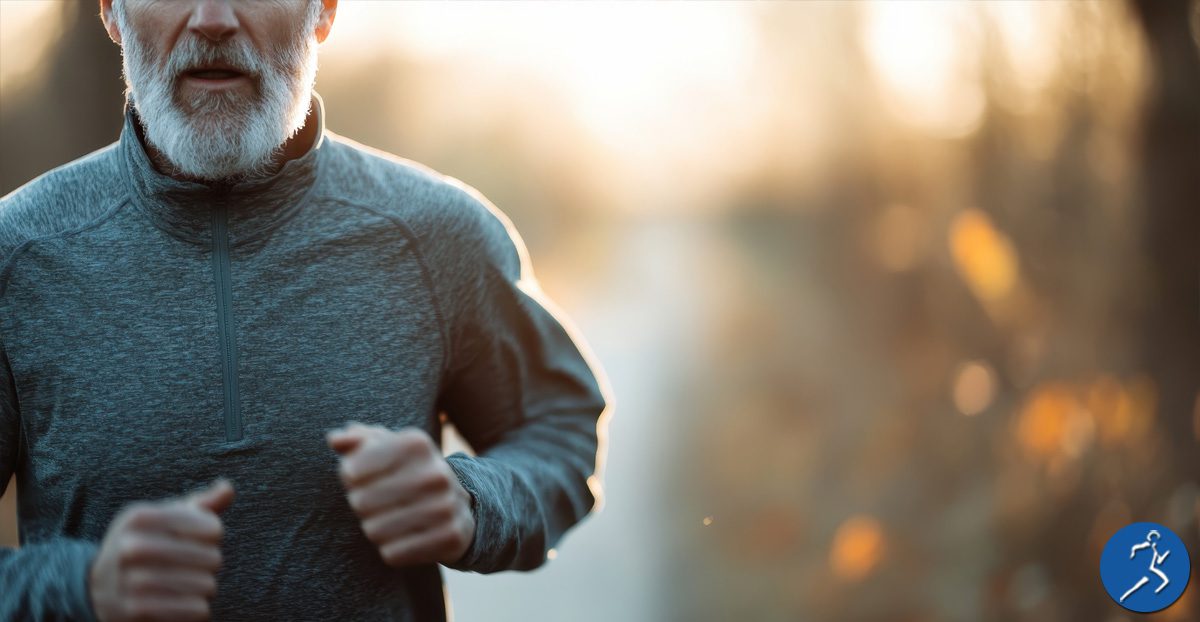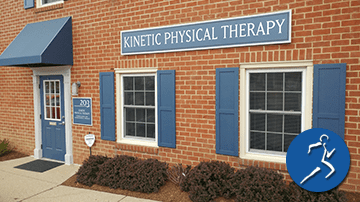
Warming Up can make staying active less of a challenge. Muscles tend to tighten up faster, and joints may feel stiffer than usual during cold Annapolis Winters. This colder weather can be challenging if you’re going through physical therapy. Fortunately, you can still move forward with your recovery by being mindful of how cold temperatures affect your body. With the right warm-up routine and a few extra precautions, you can exercise safely and keep making steady improvements.
Why Cold Weather Makes Physical Therapy More Challenging
Stiffer Muscles and Joints
When temperatures drop, your body works harder to maintain its core heat. Blood flow to muscles and extremities may decrease, causing stiffness. This stiffness can limit your range of motion and make exercise more difficult. In physical therapy, reduced mobility means you must devote more time to gentle stretches before diving into standard exercises.
Strains and Sprains
Movements that normally feel easy may place extra strain on areas already weakened by an injury. As a result, you need to proceed slowly and pay careful attention to your form.
Slower Healing
If your body is working to keep itself warm, it might have fewer resources to dedicate to healing. This can mean slightly slower progress. Physical therapy sessions may require a little more warming up, and you’ll need to be patient with your body’s natural healing process.
How Cold Weather Affects Injuries
Heightened Sensitivity
Existing injuries can feel more painful in cold weather. Scar tissue can become less pliable, causing discomfort. You may need to adjust your exercise intensity and focus on gentle movements that promote warmth and circulation.
Longer Warm-Up Periods
Your injured muscles or joints may need an extended warm-up phase. This is especially true for soft tissue injuries. When it’s cold, the time spent warming up can significantly impact how you move and feel afterward.
Reduced Flexibility
Lack of flexibility complicates recovery, particularly when you’re trying to rebuild strength. Cold weather can reduce flexibility, making typical physical therapy movements more challenging. Recognizing this allows you to prepare your body more before each session.
The Importance of Warming Up Before Exercise
Increased Blood Flow
Stretching in a cold environment increases blood flow to cold muscles. This stretching helps muscles warm up faster. A thorough stretching routine also prepares your muscles for more intense activity, reducing the likelihood of strains.
Improved Range of Motion
Targeted stretches loosen tight spots around your joints. For example, gentle hip and shoulder rotations activate key areas prone to stiffness. Over time, gaining a better range of motion translates to smoother, safer movements.
Enhanced Muscle Readiness
When you stretch, you stimulate the nervous system. This tells your muscles to prepare for action. A properly warmed-up body responds more quickly to signals from your brain. As a result, exercise feels more fluid and less taxing.
Combining These Strategies with Physical Therapy
Physical therapy in cold weather may require some adjustments. Communicate with your therapist about any pain or stiffness you experience. This feedback helps them modify your treatment plan to suit changing conditions. You may need extra stretching sessions, more heat therapy, or slower progression with certain exercises. You can maintain safe progress despite the chilly weather by working closely with your therapist and following their recommendations.
Consistency Beyond Sessions
It is even more important to do your prescribed exercises between therapy sessions and continue them once your formal treatment ends. Regular practice strengthens your muscles, improves flexibility, and promotes lasting recovery. By consistently integrating these exercises into your routine, you reinforce what you learn in therapy and reduce the risk of future injuries.
Make Sure You’re Warming Up
Cold weather should not halt your recovery. Yes, you’ll likely need more time to warm up and stretch. However, the extra effort protects against injury and helps you progress toward your therapy goals. Stay aware of your body’s signals, dress appropriately, and never rush through your warm-up. With these simple adjustments, you can face the cold confidently and keep your physical therapy on track.
We realize that you have a lot of options when it comes to choosing where you receive physical therapy treatment. Remember, you can see the same therapist for every appointment at Kinetic Physical Therapy. We value your business! Come for a visit soon!


